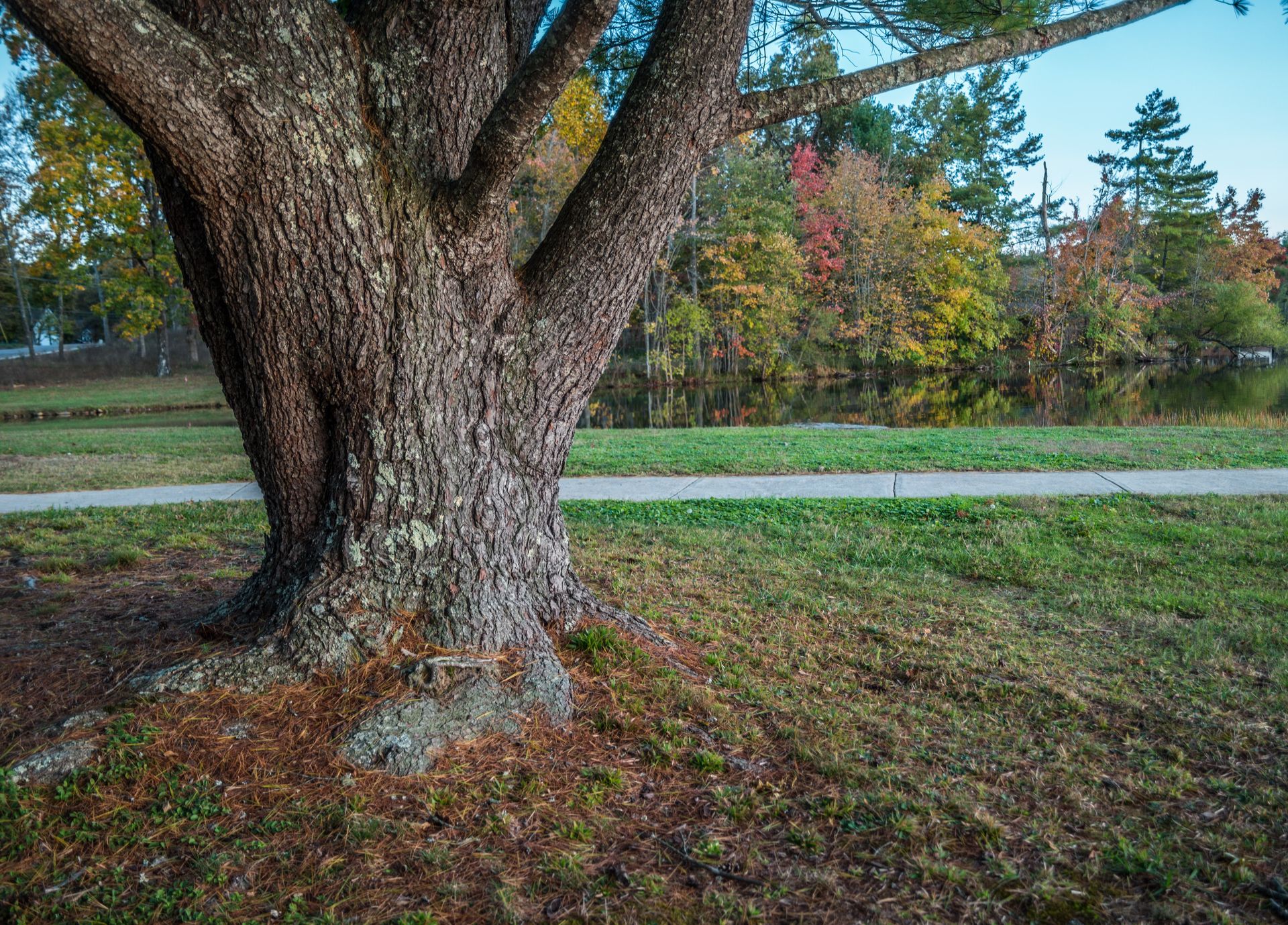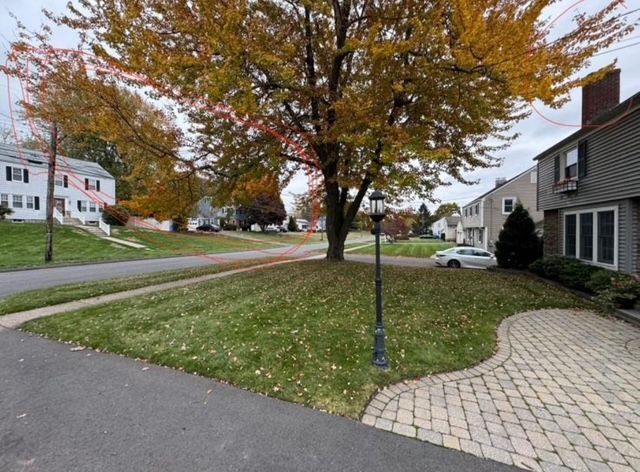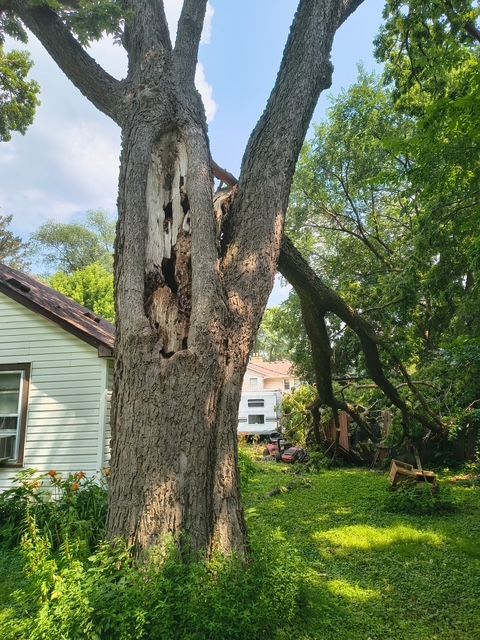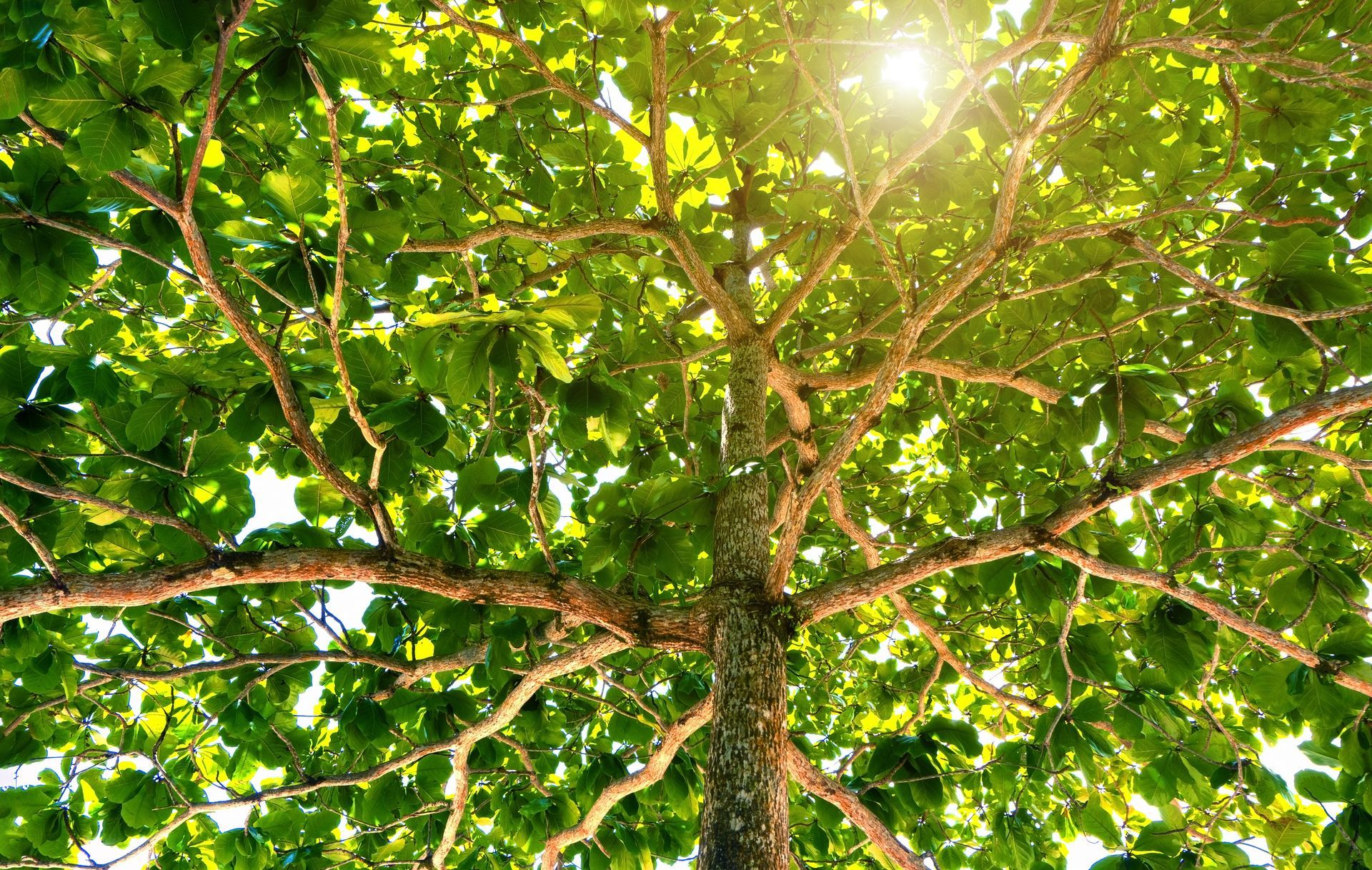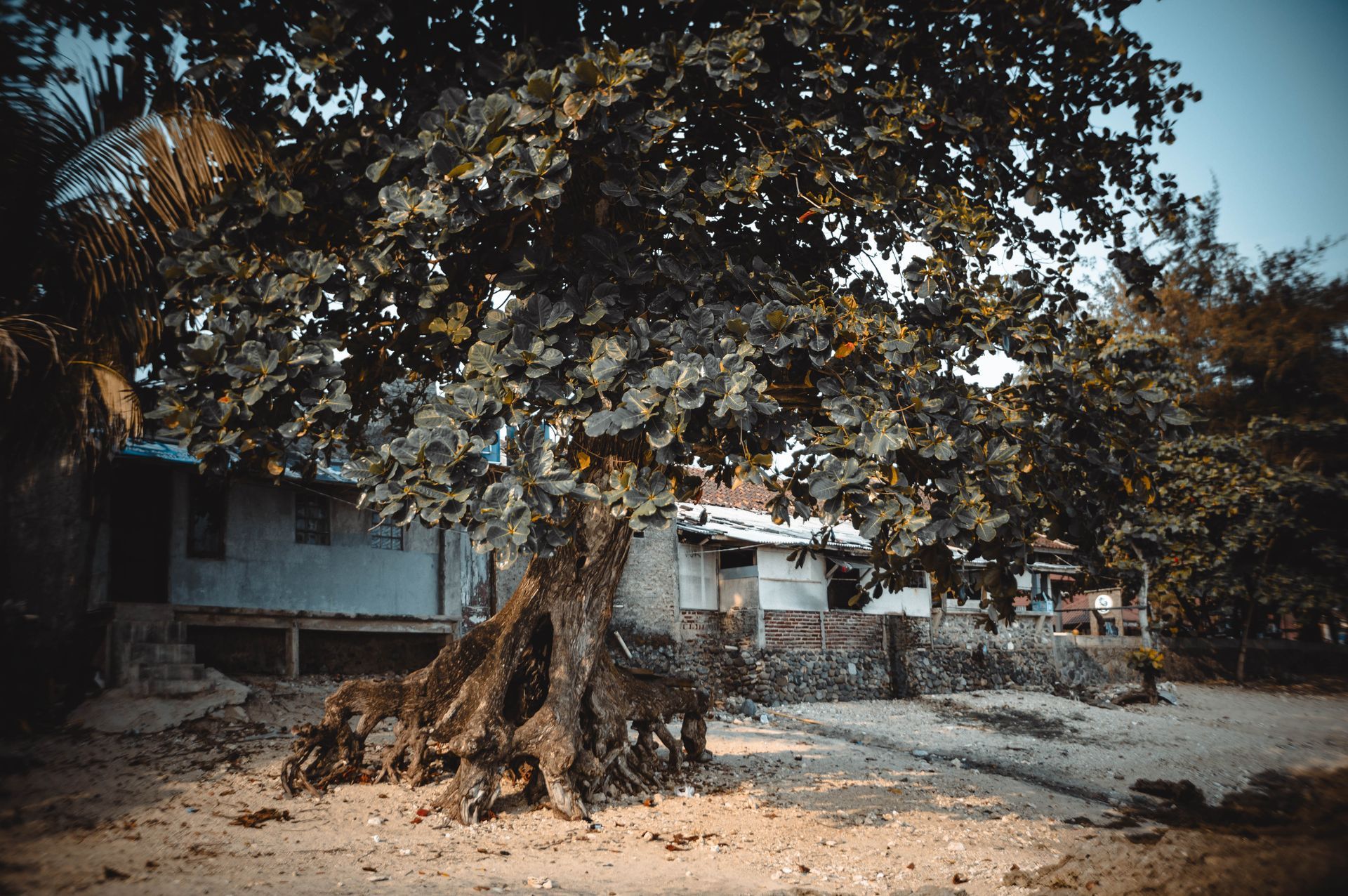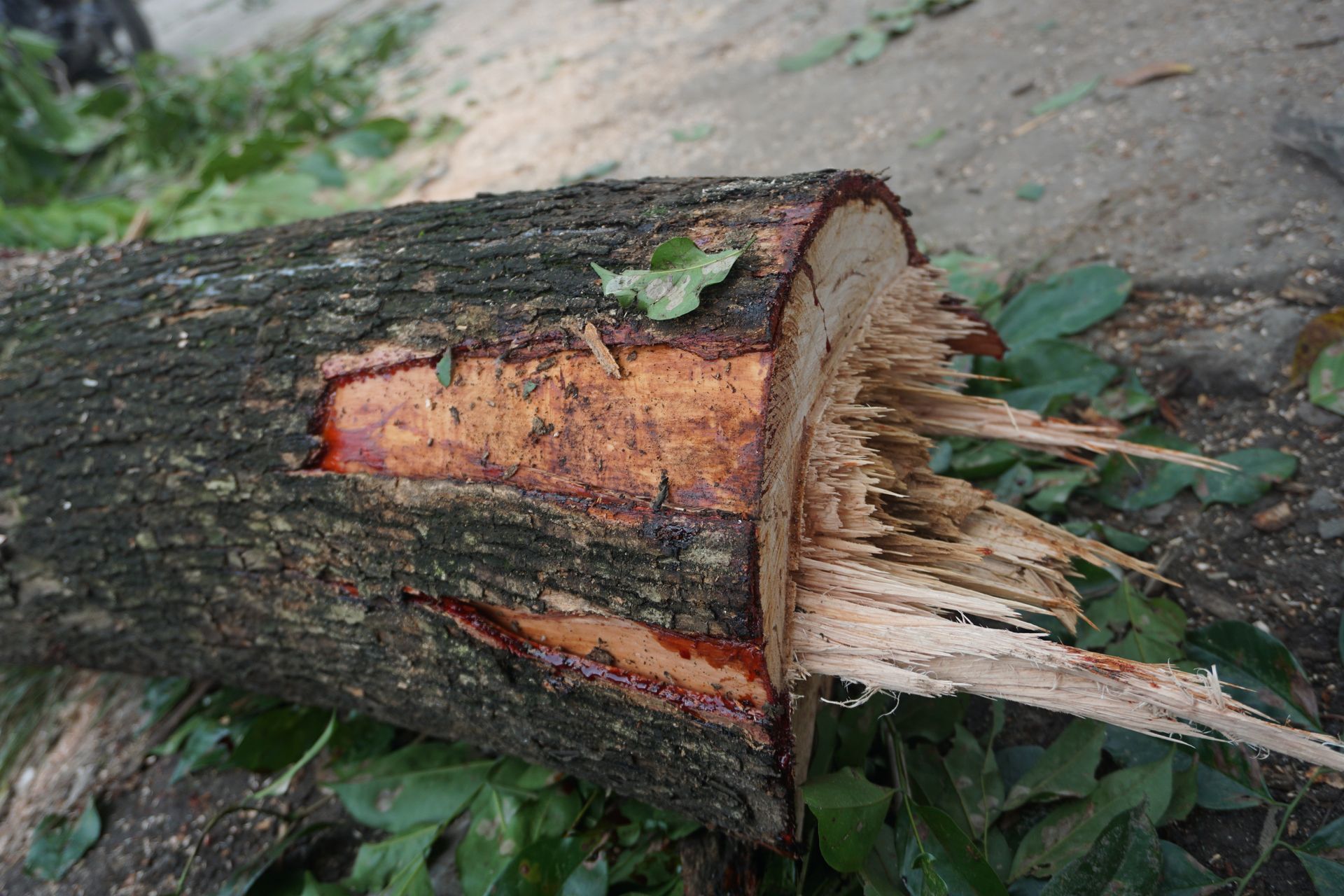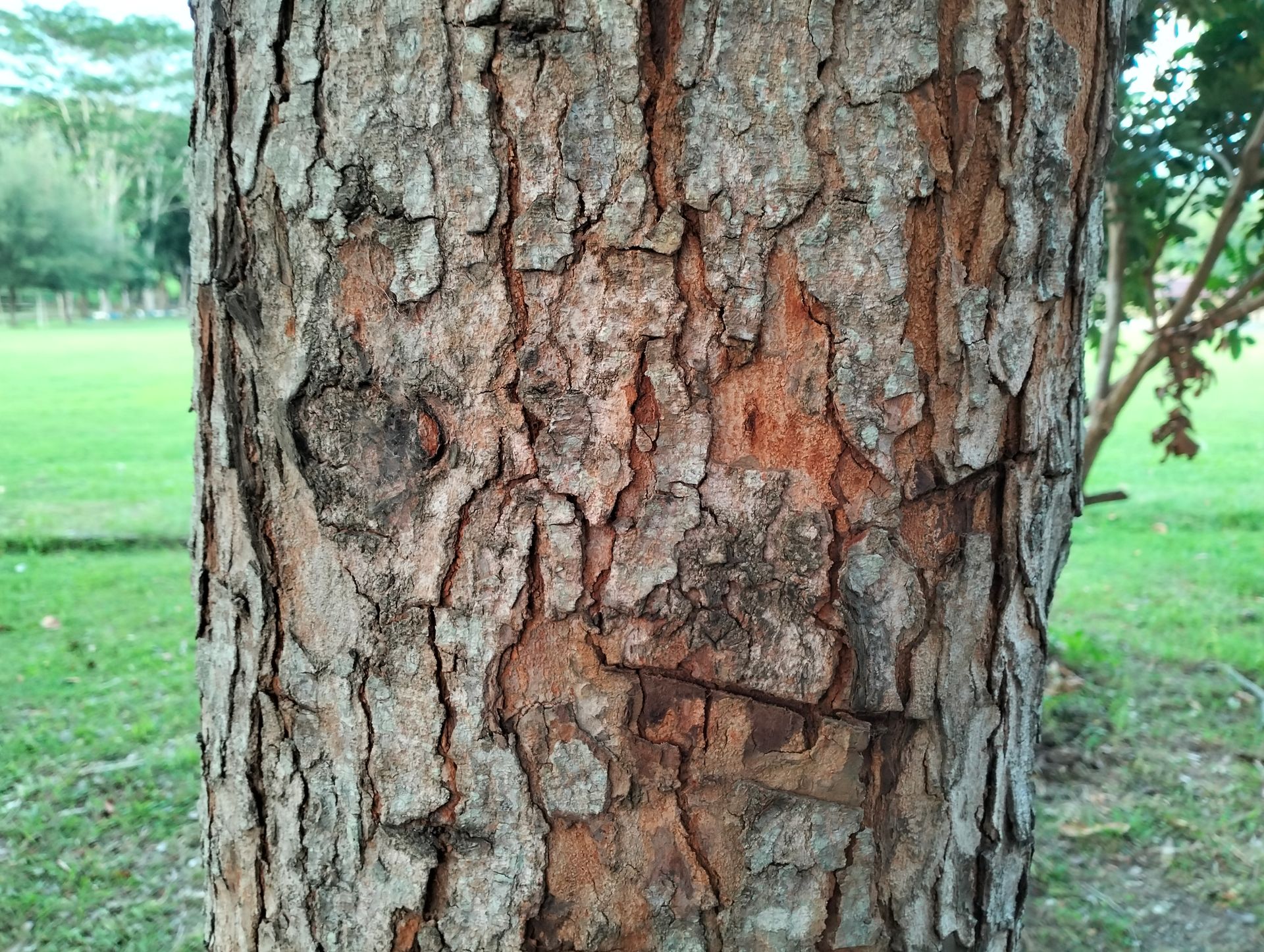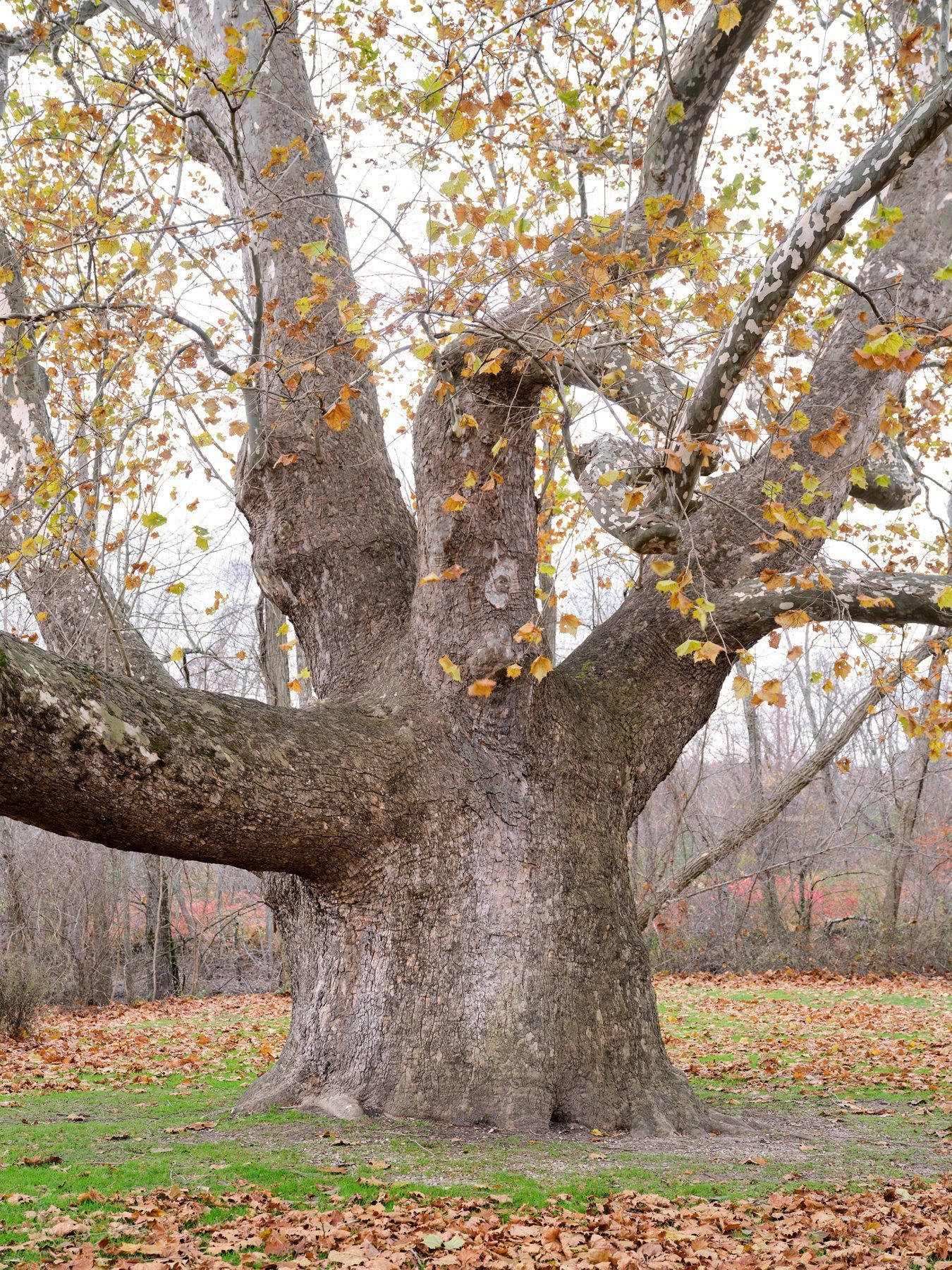Are Your Simsbury Trees Storm-Ready? What Homeowners Miss Before the Wind Hits
Are Your Simsbury Trees Storm-Ready? What Homeowners Miss Before the Wind Hits
Swap “roof” for “tree,” and you’ve nailed storm prep in Simsbury.
Every year, strong winds, ice storms, or even heavy spring rains turn seemingly healthy trees into 10,000-pound battering rams. Homes get smashed. Roads get blocked. And what most homeowners miss? The warning signs were there weeks before the storm hit.
Let’s break this down—simply, clearly, and with zero fluff.
Simsbury’s Landscape: Beautiful, Mature… and Risky
If you live in Simsbury, you already know—you’re surrounded by mature trees.
Big ones. Old ones. Proud oaks, towering maples, stately pines. They add value, charm, and shade. But they also add risk if not maintained properly.
Here’s the truth: Storms don’t knock down healthy trees. They take down neglected ones.
3 Warning Signs Your Tree Might Be a Storm Risk
1. Leaning or Uneven Canopy Growth
A sudden lean isn’t just quirky—it’s a red flag.
Especially if it happened after last winter’s wet freeze or spring rain. Tree roots may be loosening under the surface, even if the trunk looks solid.
2. Cracks in the Trunk or Low Branches
Even hairline fractures can turn into full-on failures during high winds.
Walk around the base of your tree. Look for splits, bark peeling, or signs of fungus. Don’t ignore the lower limbs—these are often the first to go.
3. Deadwood
One dead branch can weigh hundreds of pounds.
Storms don’t politely remove them—they launch them. If you see dry, brittle limbs (no leaves, brittle bark, hollow sound when tapped), it’s time for removal.
How to Storm-Proof Your Trees Before Trouble Strikes
Storm-proofing doesn’t mean cutting everything down. It means strategic, proactive care. Here's what works:
✅ Canopy Thinning
Less density = less wind resistance.
We selectively remove high-risk limbs to let wind pass through safely—without turning your tree into a sail.
✅ Weight Reduction in Key Limbs
Got a big branch hanging over your roof, car, or playset?
Reduce the weight—not the whole limb. This minimizes the chance of breakage under wind or snow load.
✅ Cabling and Bracing
Split trunk? Multiple stems? Not necessarily a death sentence.
Modern bracing systems can stabilize high-value trees and prevent total failure during storms.
Don’t Wait Until Trees Fall to Call—Here’s What Simsbury Residents Should Do
We get it. Life’s busy. But tree work isn’t something to save for later.
In fact, later is usually after something’s already broken.
If you’re in Simsbury, here’s your quick action plan:
- Walk your property before every major weather season (especially summer storms and winter snow)
- Schedule a professional storm-risk assessment annually—before the storm, not after
- Use a licensed, insured tree company with the right equipment and emergency response ability
And yes—we can help with all three.
Let’s Make Simsbury Safer—One Tree at a Time
Our crews at AX Simsbury Tree Service Guys specialize in storm prep and emergency response across Connecticut. We know the landscape. We know what local weather does. And we don’t wait until the damage is done to take action.
Whether it’s a single leaning maple or a property-wide assessment, we’ll give you real advice, a clear plan, and fast service.
Don’t gamble with gravity.
Book a storm-prep consultation today—and let’s keep Simsbury standing strong.
